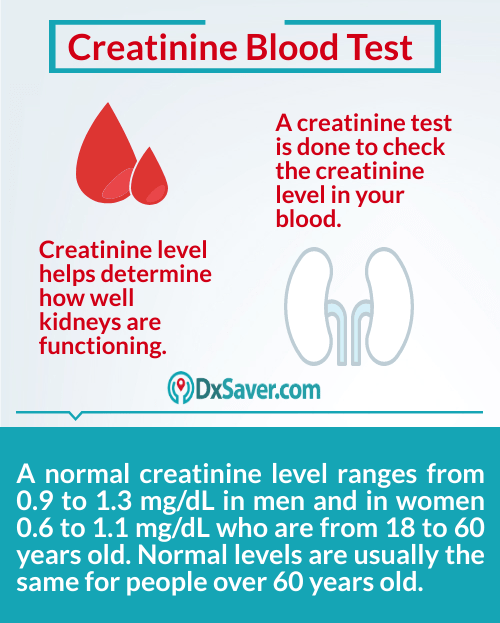

Economic modelling shows that all 3 devices offer value for money to the NHS when compared with delaying scans for laboratory creatinine testing, although more people with an eGFR of less than 30 ml/min/1.73 m 2 may be identified if they had laboratory testing. It was not possible to determine whether one is more accurate than another. Referrers providing a laboratory eGFR measurement before a CT scan appointment remains the optimal approach, and this approach should be encouraged to avoid higher numbers of patients needing point-of-care (POC) creatinine measurement before a contrast-enhanced CT scan.Įvidence suggests that the ABL800 FLEX, i‑STAT Alinity and StatSensor all have acceptable accuracy in determining when eGFR is low (below 30 ml/min/1.73 m 2). This means that people who do not have a recent eGFR result will not need to have their CT scan cancelled so that their creatinine can be measured in the laboratory. Normally, referrers will provide a laboratory eGFR measurement before a CT scan appointment but in cases where a person presents without a recent eGFR result, point-of-care creatinine devices can measure creatinine levels and be used to calculate eGFR rapidly.

This is because the contrast agent can cause acute kidney injury in people with low eGFR. It's important to check whether the kidneys are working properly by measuring eGFR before a contrast-enhanced CT scan. Why the committee made these recommendations The purpose of this project was to evaluate point-of-care testing (POCT) in the ED, specifically i-STAT blood analysis for creatinine. Monitor the effect of implementation on patient experience and efficiency in radiology departments (see section 5.3). ED’s volume for the reporting period by classifying it either as low, medium, high, or very high (QualityNet, n.d.). Identify the most appropriate tool for identifying risk factors (see section 5.2) Better understand the level of risk of contrast-induced acute kidney injury (see section 5.1)


 0 kommentar(er)
0 kommentar(er)
